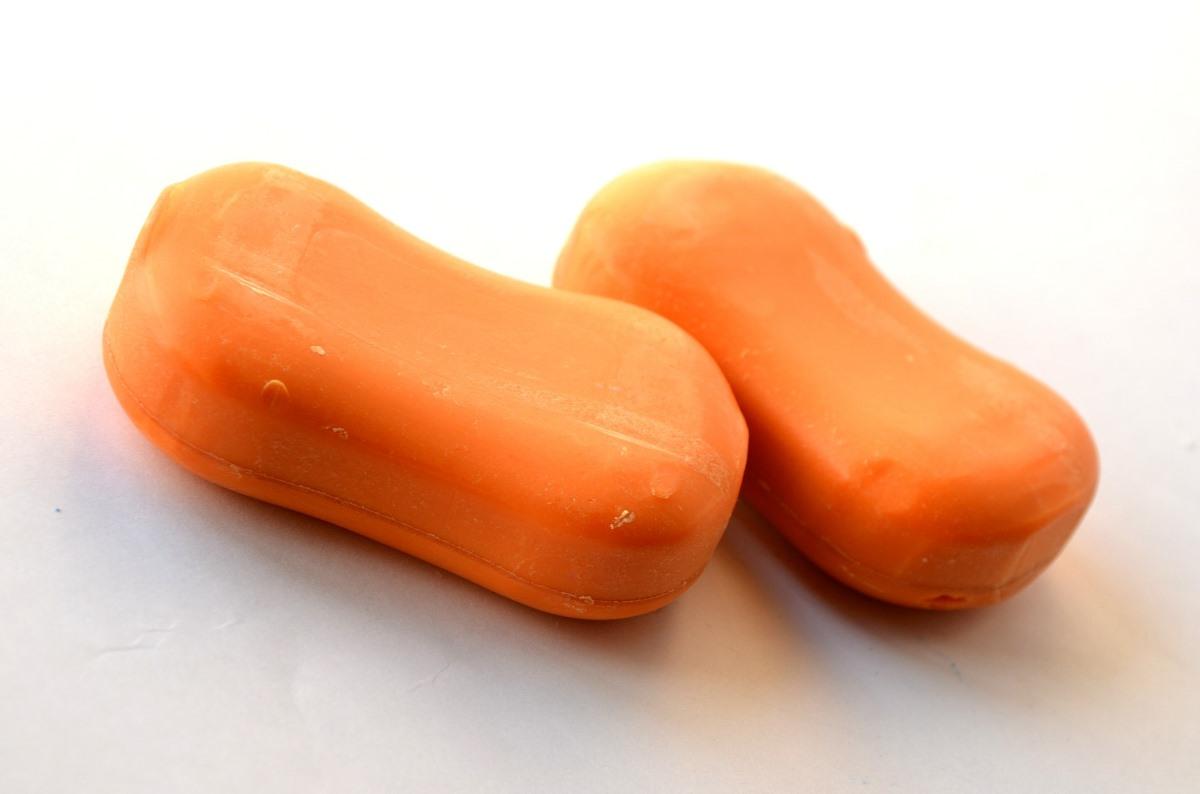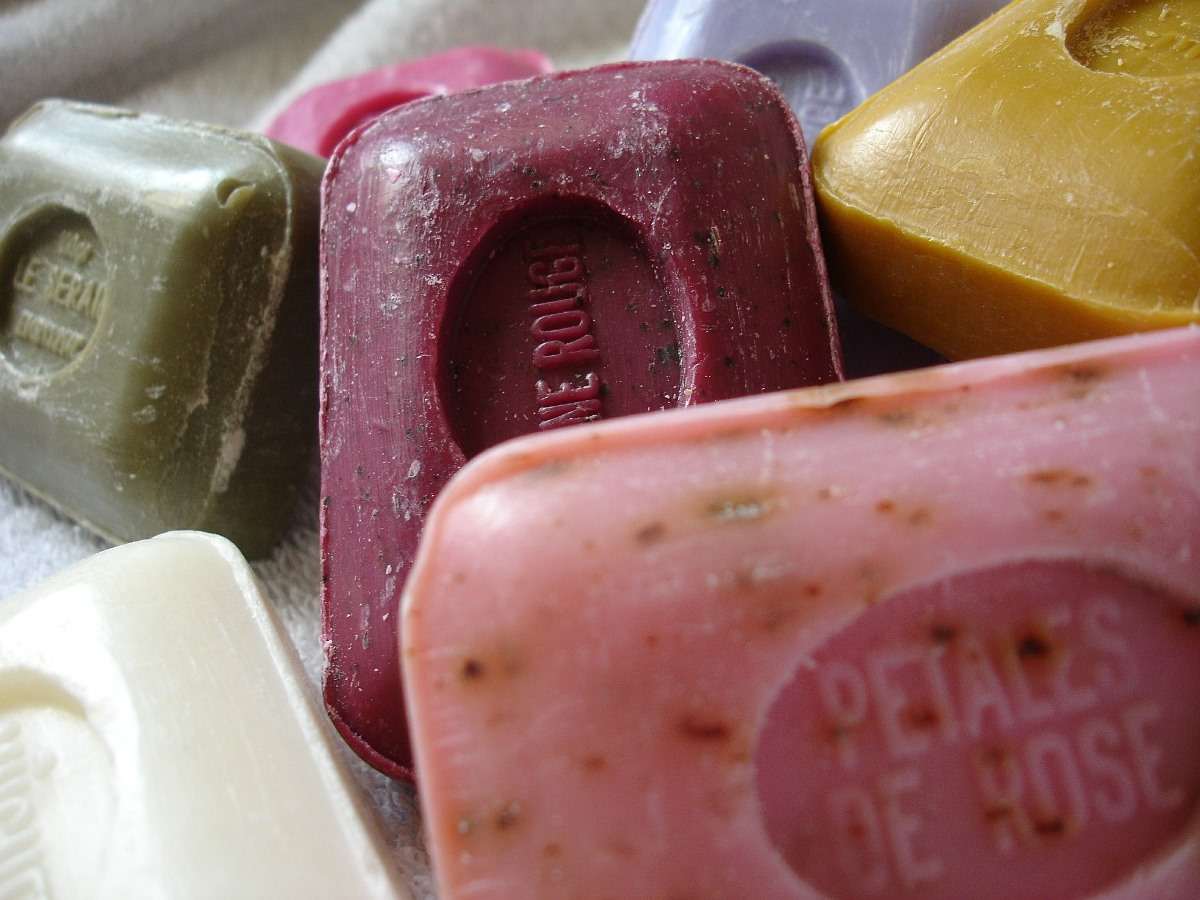Soap Manufacturing Project Report and business plan in India
Introduction
In the present era, all are concentrating to appear elegant and improve their personality. The use of soap as a cleaning agent has always been there for years as a symbol of instinct to keep his body and parts clean. Soap aids to remove slag from the skin and imparts a glow. The chief raw material of soap is oil and fats. According to these raw materials, the quality of soap and class of soap is assigned. The necessary raw materials should be of high grade and the finished item should have a balanced pH as its froth may damage the eye.
Toilet soaps are made by blending liquid fats (for instance vegetable oils or animal fat) with sodium hydroxide (also called lye)- an alkali. This step is called “saponification”. During the curing stage, the sodium hydroxide and water evaporate from the product, leaving apart awesome soap”. “Superfatting,” which is the addition of liquid fats to the soap after saponification, is known for its rich, moisturizing property. Clear soaps will add glycerine and sorbitol (sugar-based alcohol with emollient characteristics), and products labeled “antibacterial” usually rely on triclosan, a substance that is harmful to pathogens like bacteria and even prevents fungal growth. A simple production method with high return soaps is invariably used in every household. The antibacterial soap including a moisturizer shows huge market potential. The market is wide and is seen from rural to urban areas in the same manner. This industry gets good returns and demands staff as workers.
A guide to Soap Manufacturing Project Report, Business Plan in India

Different types of Soaps for planning your business
1. Non-toilet soaps
Soaps are the important ingredients that forms the most lubricating thickeners as well as greases. Greases are generally emulsions of calcium soap or lithium soap and mineral oil. Many other metallic soaps are also advantageous, including those of sodium, aluminum, and mixtures, etc. Such soaps are also employed as thickeners to enhance the viscosity of oils. Previously, lubricating greases were done by the inclusion of lime in olive oil.
2. Toilet soaps
In a domestic aspect, “soap” usually refers to and popular as toilet soap, used for household and personal hygiene. When used for cleaning, soap is capable to solubilizes particles and grime, which can then be removed from the article being cleaned. The insoluble oil/fat molecules will be associated inside micelles, by the formation of tiny spheres developed by soap molecules with polar hydrophilic (water-attracting) groups on the outside and layering a lipophilic concise, which is meant for protecting the fat molecules from the water making it soluble. Anything which is soluble will be washed through the water.
Market potential of soap manufacturing business
There is a wide market for Beauty Toilet Soap in Kerala and its surroundings. This Beauty soap is nothing but a toilet soap having good and refined quality with a balanced pH, so this soap will attract a good audience compared to the other toilet soap available. Because of its charming name this soap can be used by people of both genders irrespective of caste, creed, and sex. As fashion is now going at a fast pace thus the market potential will also grow consequently. Considering the population growth in the state, there is still the high potential of this industry. There are many toilet soaps flooded in the market but because of its exclusive name and nature, excellence and characteristics it will also gain a good market in the current era.
License, permissions, and registrations required to start soap manufacturing business in India
1. IS 4199 (B) (2001): Toilet Soap, Liquid soaps, license required for soap manufacturing business.
2. Drug Licence
As per the Drugs and Cosmetics Act and law, the Central Government and the State Government makes a strict norm that is associated with the issuance of a license to a person for manufacturing cosmetics. The State Drug Authorities of the respective region is the key organization to issue manufacturing licenses.
3. Get the essential and mandatory GST Number
4. UAM Registration
5. Company Registration with ROC
6. Trade License
7. Factory License
8. Drugs and Cosmetics License
9. BIS Certification
10. Fire License
11. MSME registration
12. Shop and Establishment Act permission
Raw materials required to start Soap Manufacturing business
- Soaps Raw Materials
- Builders
- Special Soaps Ingredients
- Perfumes
- Optical Brighteners
- Preservatives
- Colours
- Molds
Equipment required to start Soap Manufacturing business
- Soap Boiling Pans
- Soap Cutting Machines
- Soap Crutcher
- Soap Frames
- Soap Plodder
- Soap Milling Machine
- Soap Stamping Machine
- Soap Mixing Machine
- Soap Chipping Machine
Manufacturing process of a Soap
In case if you miss this: How To Start A Vegetable Oil Production Business.

The beauty toilet soap is prepared using two stages namely preparation of soap base and to obtain final products soap base. For preparing the soap base the specifications are done which is performed either by remitting and perfuming and next by milling process. Fat that is included must be of high standard quality. Weigh fat oil & lye (sodium- hydroxide) properly, if the lye is having more weight, the soap will be hard and unsuitable to skin and if the lye is low, the fat is not saponified appropriately. Melt oil fat into a kettle and filter it to clear the impurities. Now add caustic soda lye into it gently and agitate continuously when the oil is saponified fully pour perfume and colors and transfer into molds.
Soap is produced commercially in four basic stages. But mainly it could be accomplished in the three stages stated below.
Step 1 – Saponification: A mixture of tallow (animal fat) and coconut oil is mixed with sodium hydroxide and is heated. The soap prepared is the salt of a long chain of carboxylic acid.
Step 2 – Glycerine removal: Glycerine is more valued than soap, so most of it is separated. Some are left with the soap which aids the soap to become smooth. Soaps are not soluble and does not give lather or foam in saltwater, while glycerine is, so salt is included in the wet soap causing it to exclude out into soap and glycerine in saltwater.
Step 3 – Soap purification: Any remaining sodium hydroxide is now neutralized using a weak acid for example citric acid and two-thirds of the remaining water is separated.
Step 4 – Finishing: Additives like preservatives, color, and fragrance causing agents are added and mixed in with the soap and are then molded into bars for selling purposes.
Financial aspects of Soap Manufacturing business
Fixed Capital
a. Land & Building : 600 Sq ft @ Rs. 10,000 Rented
b. Machinery & Equipment
Drums (200 ltr): Rs. 40000
Agitator with constant mixing (100Ltr): Rs.2,00,000
Automatic filling machine: Rs. 85000
Sealing & Packaging Machine: Rs. 1,00,000
So, total: Rs. 425000
Working Capital
A. Staff & Labour: Rs. 1,72,000
B. Raw material per month: Rs. 1,76,675
C. Utilities per month: Rs. 8,000
D. Other Contingent Expenses per Month: Rs. 1,75,000.
Total Working Capital per month = A + B + C + D = 1,72,000 + 1,76,675 + 8,000 + 1,75,000 = Rs. 5,31,675.
Total Capital Investment
Fixed capital = Rs. 4,25,000
Working Capital (on 3 months basis) = Rs. 15,95,025
Total = Rs. 20,20,025.
Financial analysis of Soap Manufacturing business
a. Cost of Production (Per Year): Rs. 66,24,603
b. Turnover (Per Annum): Rs. 72,00,000
c. Net Profit Per Annum:
Net Profit = Turnover per Year – Cost of Production = 72,00,000 – 66,24,603 = Rs. 5,75,397
d. Net Profit Ratio = (Net Profit per year / Turnover per Year) X 100 = (575397 / 7200000) X 100 = 7%
e. Rate of Return = (Net Profit per year / Total Investment) X 100 = (575397 / 2020025) X 100 = 28.48%.
Break-Even Point (B.E.P.)
Interest on investment @ 10%: Rs. 2,02,003
40% of wages & Salaries: Rs. 68,800
40% of other expenses (except rent): Rs. 70,000
Rent: Rs. 1,20,000
Total: Rs. 4,60,803.
Break- Even Point (B.E.P.) = [Fixed Cost/ (Fixed cost + Profit)] X 100 = 460803/(460803+575397)X100 = 460803 / 1036200 X 100 = 44.47%.
- Handicraft Making at Home: A Small Profitable Business Idea
- Pet-Tech Startups: Innovations for Animal Lovers
- Tech Repair Services: Meeting the Demand for Gadget Maintenance
- Maximizing Rewards: Smart Credit Card Habits for Cashback and Points
- Ultimate Guide to Making Money from Goat Milk Business
- How to Start an Agricultural Value Added Product Business
- Value-Added Business Ideas for Greenhouse: The Best Ways to Make Profits with Greenhouse Farming
- How to Make Profits with Organic Country Chicken: Best Strategies for Beginners
- 10 Value-added Business Ideas for Millets: Low-investment and Highly Profitable
- Why Cleaning Service Business Becoming More Profitable in Metro Cities in India
- 10 Best Businesses to Start in Ayodhya for Profits
- Top Drone Business Ideas in India: Unlocking Aerial Innovation & Opportunities
- Top 10 Service Businesses You Can Start with No Money
- Ultimate Guide to Starting a Home-Based Advertising Agency Business
- Starting a Nail Salon Near Your Location: Check List, Business Plan, Licensing, and Opening Instructions
- Construction Company Name Ideas: Guide to Create New Construction Company Names
- 8 Best Small Businesses to Start in Hyderabad: Low-Cost and Profitable
- 10 Best Small Businesses to Start in Massachusetts: Low-Cost and Profitable
- 10 Best Small Businesses to Start in Maryland: Low-Investment and Profitable
- 10 Best Small Businesses to Start in Delaware: Low-Investment and Profitable
- 10 Best Small Businesses to Start in Connecticut: Low-Investment and Profitable
Hi
Thanks for the soap project report.
How to work out the mrp and selling rates
I mean, manufactring cost, advertisement cost, labour cost, distributor profit, dealer profit, teansportstion cost, packing cost, gst and margin for the company
Soap manufacturer machinery total units price please sin